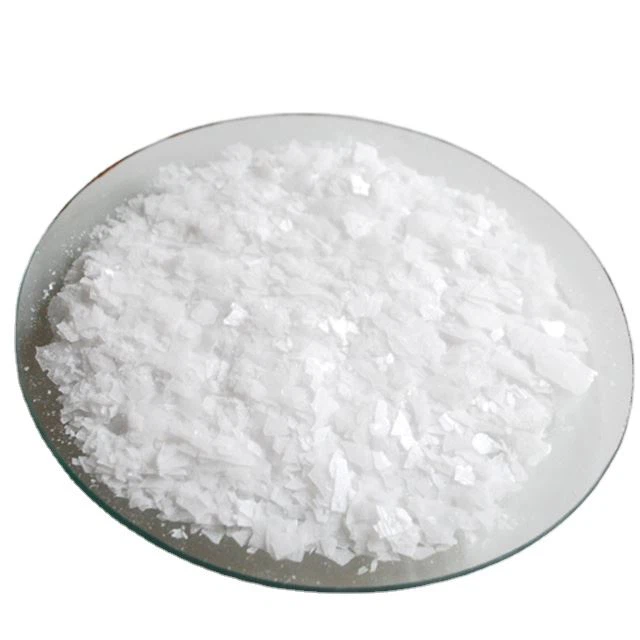What Is Polycarboxylate Used for in Dentistry?
Wondering what role polycarboxylate plays in dentistry? Let's dive in. Polycarboxylate is a dental material used for various crucial purposes.
Polycarboxylate cement is a versatile dental material extensively employed in dentistry. Its primary use lies in the realm of dental restorations, serving a vital role in ensuring the durability and functionality of dental work.
Dental Restorations Made Efficient
1. Dental Bonding
Polycarboxylate is widely utilized in dental bonding procedures. Its adhesive properties make it an excellent choice for securely attaching various dental prosthetics, including crowns and bridges.
2. Crown Cementation
When it comes to fixing dental crowns, polycarboxylate cement is often the go-to option. Its strong bonding capabilities ensure a durable and long-lasting attachment, providing patients with reliable dental restorations.
3. Bridge Construction
Polycarboxylate is instrumental in the construction of dental bridges. Its ability to securely bond artificial teeth to adjacent natural teeth ensures the stability and functionality of the dental bridge.
Easy Application and Patient Comfort
4. Quick Setting Time
One of the notable features of polycarboxylate is its quick setting time. This property simplifies the dental procedure, allowing for efficient and timely completion of restorative work.
5. Minimal Sensitivity
Polycarboxylate is gentle on the teeth and gums, minimizing patient discomfort during and after dental procedures. This aspect enhances the overall dental experience for individuals undergoing restorative treatments.
Durability and Longevity
6. High Compressive Strength
The high compressive strength of polycarboxylate cement ensures the longevity of dental restorations. This makes it a reliable choice for dental professionals aiming to provide patients with durable and robust solutions.
7. Resistance to Wear and Tear
Dental work faces constant challenges from chewing, biting, and other oral activities. Polycarboxylate's resistance to wear and tear makes it an ideal material for dental restorations that need to withstand daily stresses.
Conclusion
In conclusion, polycarboxylate's applications in dentistry are diverse and pivotal for ensuring effective dental restorations. From bonding prosthetics to constructing bridges, its unique properties contribute to the success and longevity of various dental procedures.
Understanding the role of polycarboxylate in dentistry sheds light on the advancements in dental materials and techniques. As technology continues to evolve, dental professionals leverage innovative materials like polycarboxylate to provide patients with reliable, efficient, and comfortable dental solutions.
In your next dental visit, don't be surprised if you hear about polycarboxylate—it's a silent hero working behind the scenes to enhance the quality of dental care.



